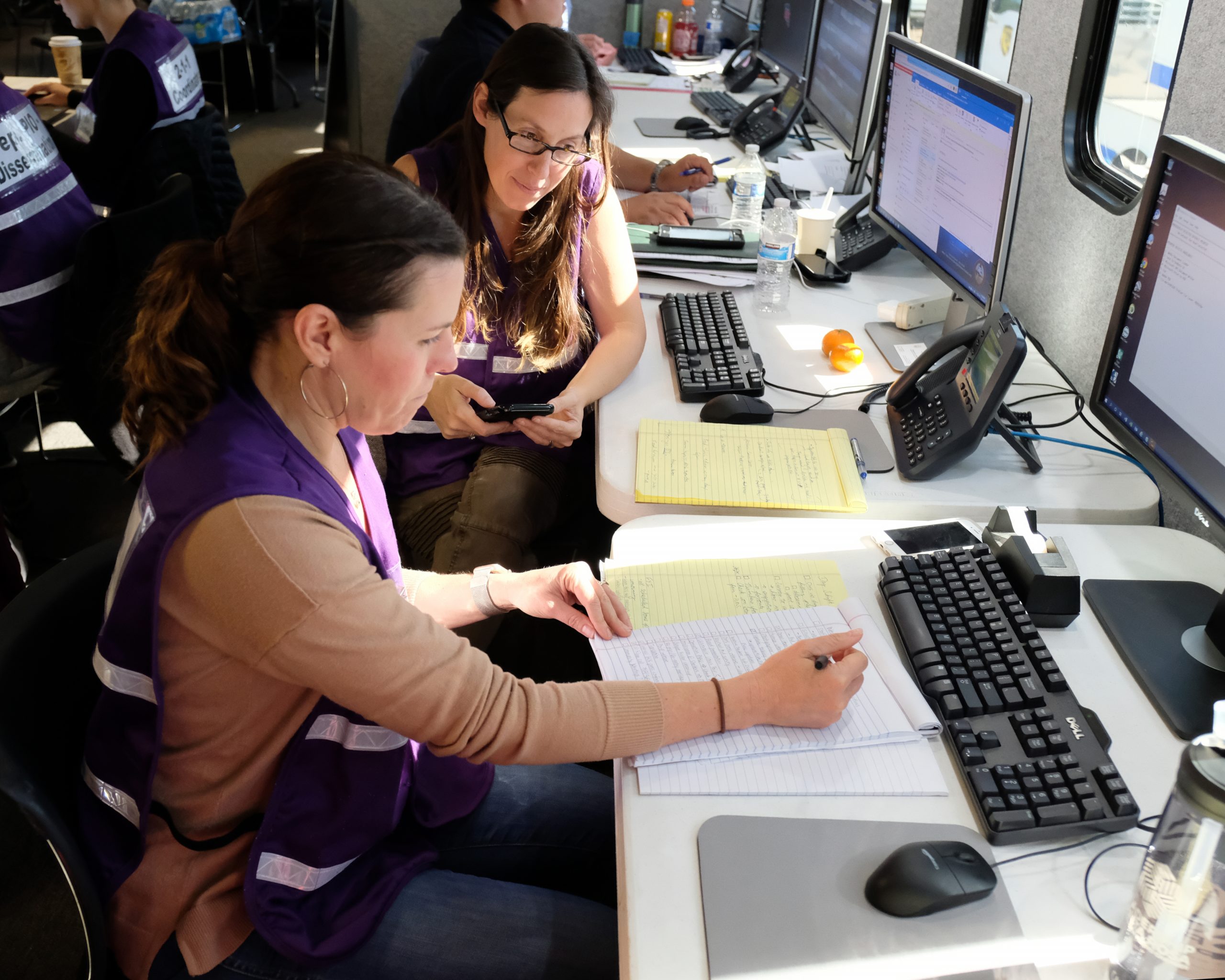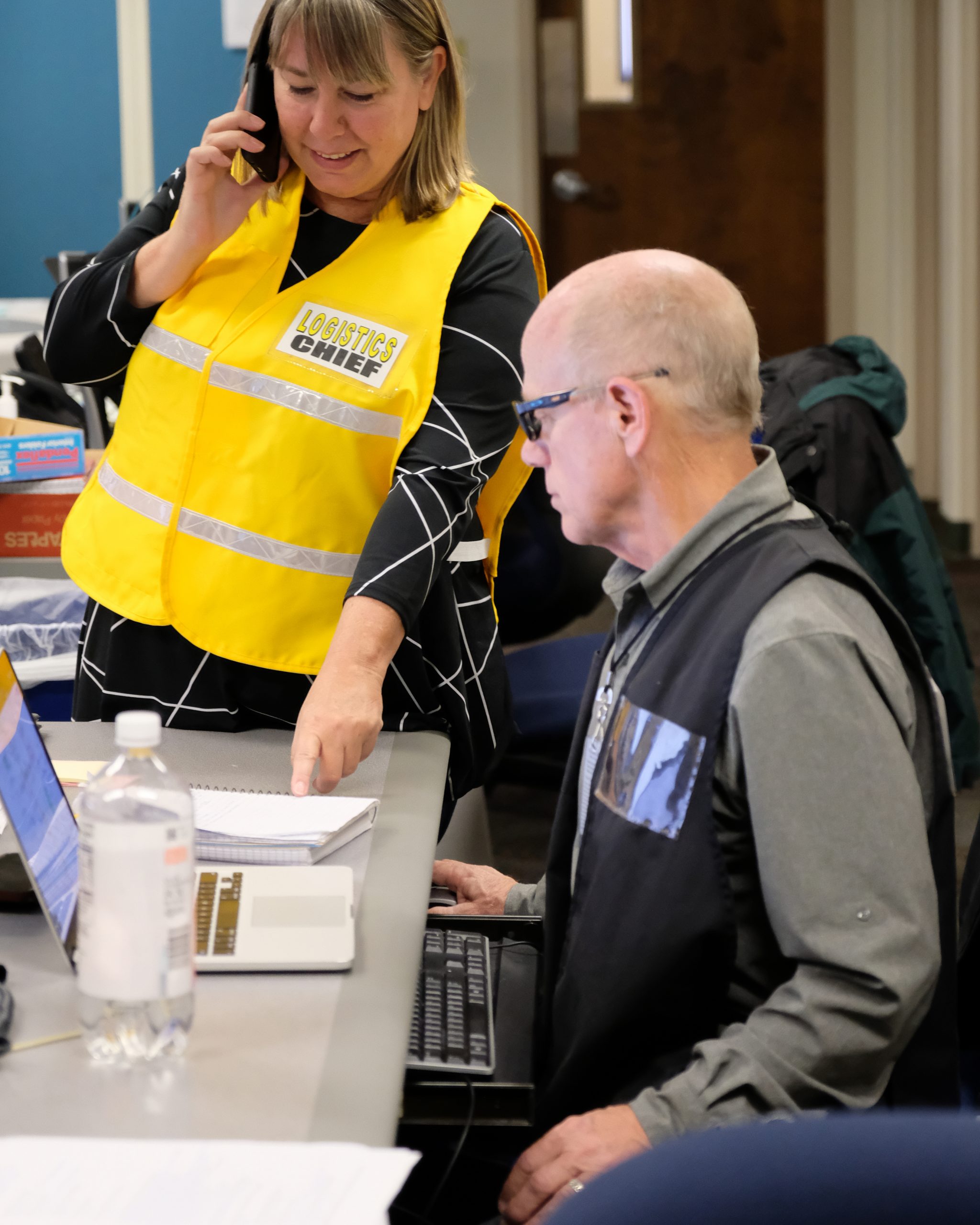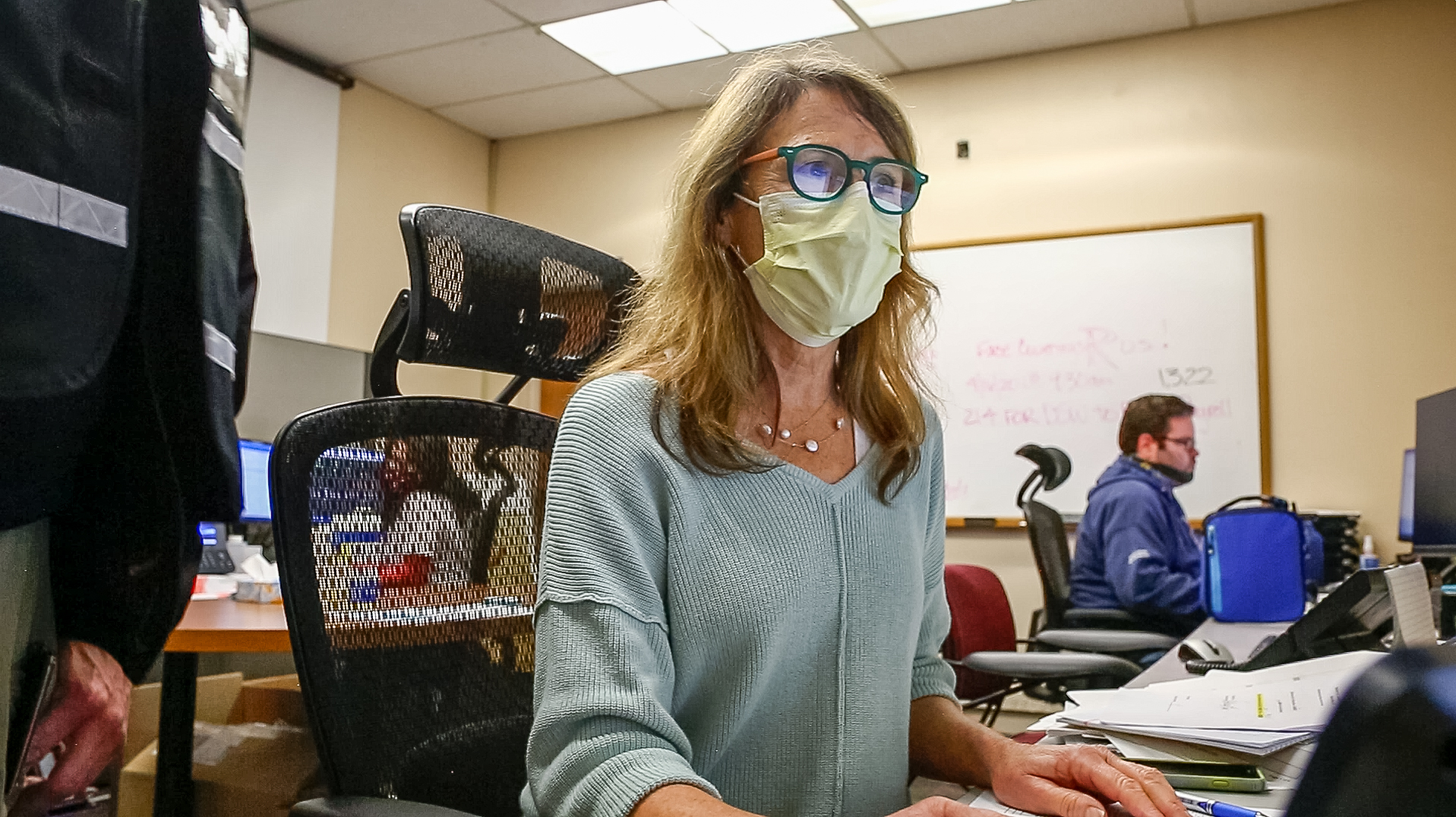 Every county employee has two jobs: the one they are hired for, and the one they may be called upon to fulfill during an emergency.
Every county employee has two jobs: the one they are hired for, and the one they may be called upon to fulfill during an emergency.
All public employees are disaster service workers, a designation that obligates them to step forward during an emergency and work where they are most needed for the public good. Some county employees carry on with their work as usual during a disaster, maintaining essential government services, while others may be deployed to do something completely different than their everyday job. Assignments can vary, including answering telephones, delivering and handing out supplies, working in a shelter, directing traffic and filling sandbags.
Supporting these employees is the job of the county Human Resources Department. Since the 2017 wildfires, the department has introduced and refined a series of innovations to keep employees safe, healthy and connected during emergencies.
“Our employees play an essential role in the county’s ability to serve the public during emergencies,” said Christina Cramer, director of Human Resources. “We have worked hard to minimize the risks they face and help them cope with the tremendous pressure they experience while serving our community during a disaster.”
Human Resources uses GIS mapping technology to quickly identify those employees who are personally impacted by a disaster because they live in an evacuation zone or an area that suffered major damage. This helps the HR team determine which county employees are available for deployment.
To keep employees safe, Human Resources has worked with internal and external stakeholders since 2017 to develop wildfire smoke safety guidelines for departments, including when to use air scrubbers inside buildings and when and how to use respiratory protection. The guidelines also help county leaders make decisions about how to prepare workers for wildfires and safely deploy employees in and around burned areas after the initial emergency response and throughout subsequent recovery efforts.
including when to use air scrubbers inside buildings and when and how to use respiratory protection. The guidelines also help county leaders make decisions about how to prepare workers for wildfires and safely deploy employees in and around burned areas after the initial emergency response and throughout subsequent recovery efforts.
Disaster response and recovery can take a heavy toll, both on the people who suffer loss and the public servants who try to help. In 2017, the county utilized the existing Employee Assistance Program (EAP) to provide counseling services to county workers impacted by the October wildfires. More than 150 county employees lost their homes in the 2017 fires, including Supervisor Susan Gorin. Some departments staged group counseling sessions to help employees process the trauma they experienced from losing their home, working with clients who lost their homes, supporting co-workers who lost homes, and wading through the daily impacts of the devastation left behind by the fires. The Critical Incident Response sessions allowed employees to share and start to heal. Human Resources concluded that any future EAP contract must contain a substantial level of employee counseling services and built them into the department’s current contract with EAP provider Optum. Since 2017, counseling services have been used repeatedly by departments to support staff impacted by subsequent fires and the COVID-19 pandemic, as well as to help employees become more resilient and cope with “compassion fatigue,” the physical, emotional and psychological impact of helping others.
 Additionally, the county activated its Disaster Leave Program, which allows employees to donate accrued vacation and compensatory hours to co-workers who were impacted by the fires and need to take time off.
Additionally, the county activated its Disaster Leave Program, which allows employees to donate accrued vacation and compensatory hours to co-workers who were impacted by the fires and need to take time off.
Clear communication is critical, especially during an emergency. During the 2017 fires, Human Resources created a private Facebook group for county employees. The social media hub supplements other communication tools used to keep employees informed, while also serving as a convenient place for workers to connect with one another and share information. The group is largely inactive until an emergency but was used during the early part of the COVID-19 pandemic to help employees stay connected while many shifted to remote work.
The county, which employs approximately 4,000 full- and part-time employees, has been recognized for its efforts to create a culture that fosters excellence while balancing the needs of the organization and its staff. In July, Forbes magazine named the County of Sonoma one of America’s 500 Best Midsized Employers, the only government agency in California to make the magazine’s list.
“We are proud that so many employees surveyed by Forbes recommended the county as a great place to work,” Cramer said. “It is a concrete sign that the values we’ve built into our workplace are making a real difference in the way our employees feel about their work and the services we provide to our community.”
